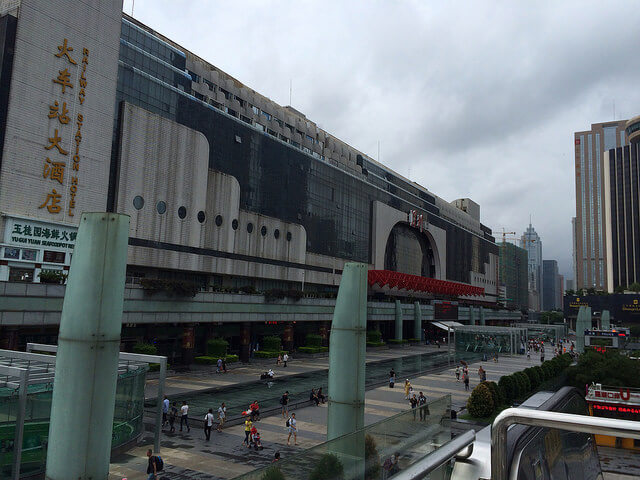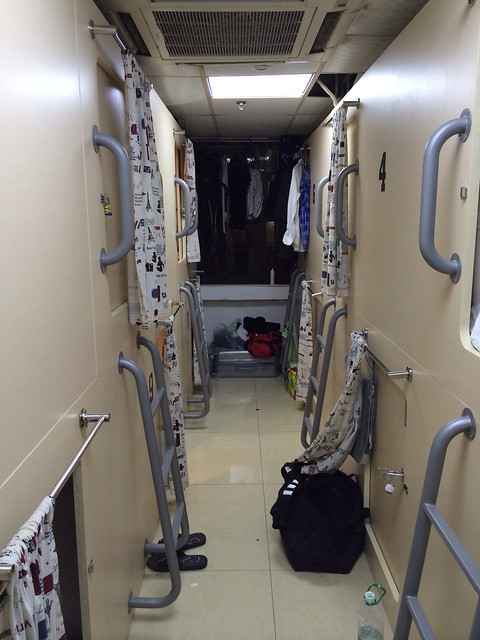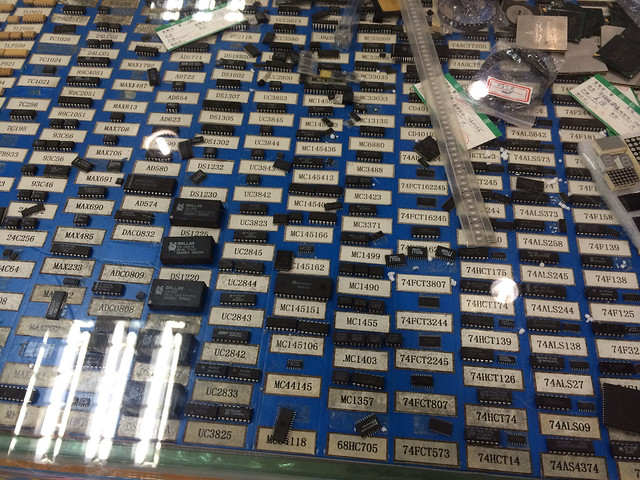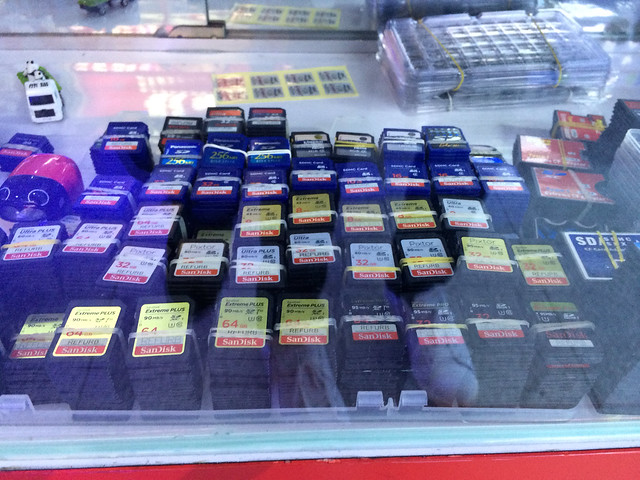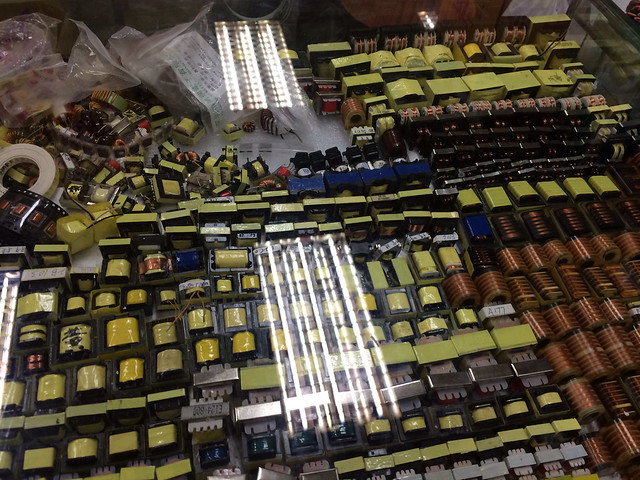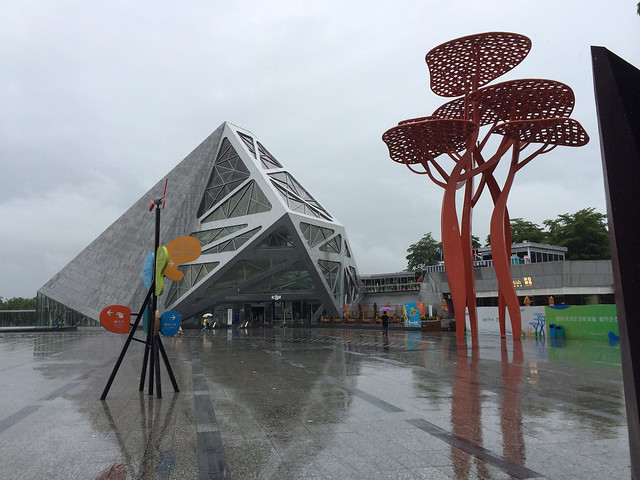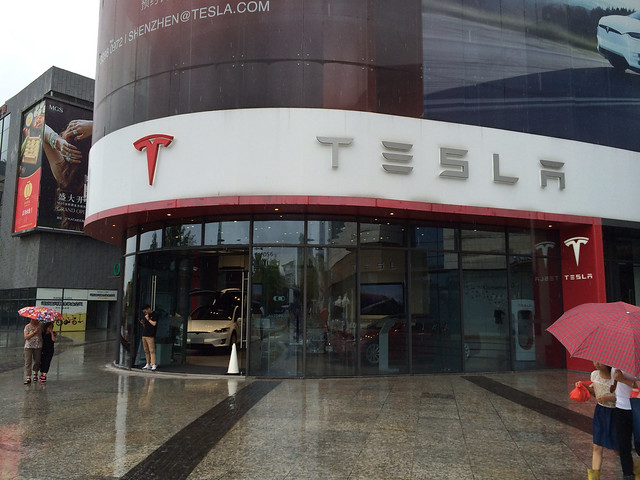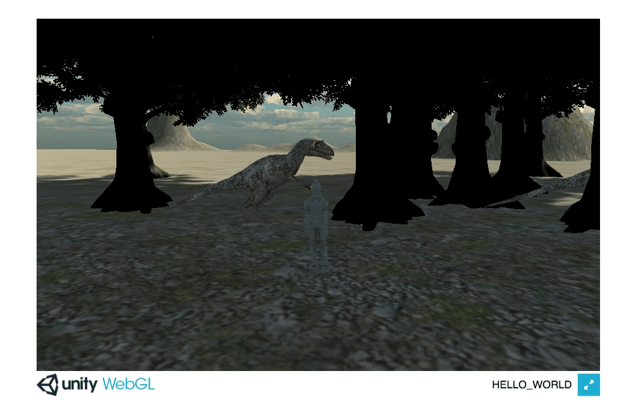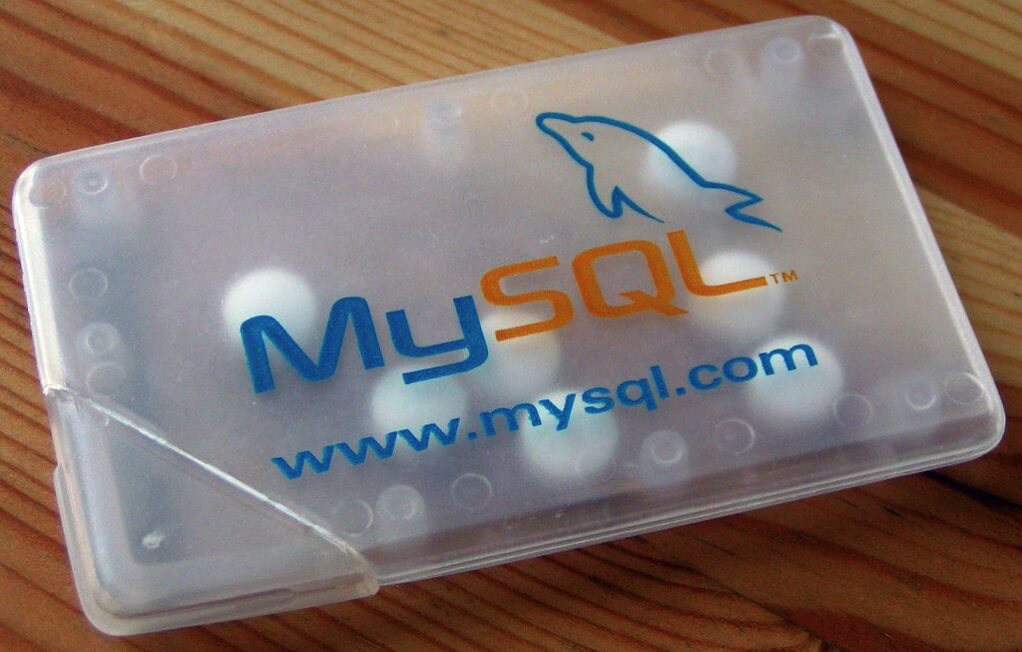Good evening, this is Bono.
Recently, we have been seeing the name Shenzhen in various places, such as the Makers ecosystem written by Mr. Takasu of TeamLab, a recent feature in Forbes, and other news.
I also learned that the city is home to renowned manufacturers such as DJI, Tencent, and Huawei, and my interest in Shenzhen grew by the day.
I really wish I could have attended the Shenzhen observation meeting organized by Mr. Takasu, but I was not sure what his next plans were, so I gave up the idea.
So, he decided to set out on his own.
This is a record of that short trip of 3 days and 2 nights.
I will include as much detail as possible in case anyone else wants to go.
Purpose of Trip
The trip had three main objectives.
To see the world’s largest electric town with your own eyes.
Number one, you are an electrician, so you have to see the best electric town in the world! That’s the simple reason.
This is almost all of them, and the other reasons are an added bonus.
As an electrician myself, I often went to Akihabara to buy parts.
I think we have generally gone around to the parts stores.
However, as I visit Akihabara many times, I realize that there are more parts that are not available in Akihabara after all.
Resistors and capacitors are one thing, but sensors, displays, and motors are another. But then, you can’t find them unless they are major products.
In other words, Akihabara, with its image of an electronics town, is just like that in terms of scale.
However, people come here from all over the world, and Akihabara’s electronics district must be the best in the world! I was satisfied as an electrician to have learned about Akihabara in general.
But then, there is an electronics town in the world that is 30 times the size of Akihabara. If you are told that there is an electronics town 30 times the size of Akihabara, there is no way you can avoid going there.
To know the source from which hardware makers and start-ups are born.
I wanted to know why Shenzhen was able to produce such renowned manufacturers and start-ups as mentioned above.
Was it just because of the big electronics district? Or were there other reasons?
I don’t know how much I can learn in just two nights and three days, but….
Procurement of parts for gadgets
I wanted to procure parts for a gadget I am working on.
Since there were so many of them, I went there hoping to find a few cheap parts locally.
advance preparation
I will briefly describe what we did as a preliminary preparation.
Reading up on the Makers’ Ecosystem
Probably the most detailed description of the tech situation in Shenzhen, including books/blogs, at this point.
It was published in March 2016, but its content has not faded more than a year later.
In this book, I learned that the Huaqiangbei district is the hottest place, and that accelerators and manufacturers such as HAX, Seeed Studio, and Makeblock are from Shenzhen.
Book accommodations on Airbnb
We wanted to keep the price as low as possible, so we decided on a shared room.
1,200 yen per night.
The market price is around 5,000 yen for a full private room, 3,000 yen for a private room, and 1,500 yen for a shared room.
By the way, a note on using Airbnb!
The map may differ from the actual location!
I have had it twice, including this time.
Googling seems to indicate that this is quite common overseas, so please be careful everyone.
It is a good idea to ask for the address in advance.
By the way, we stayed at a place called Kukaku Youth Travel Agency. The room was spacious, about 2 cubic meters lol.
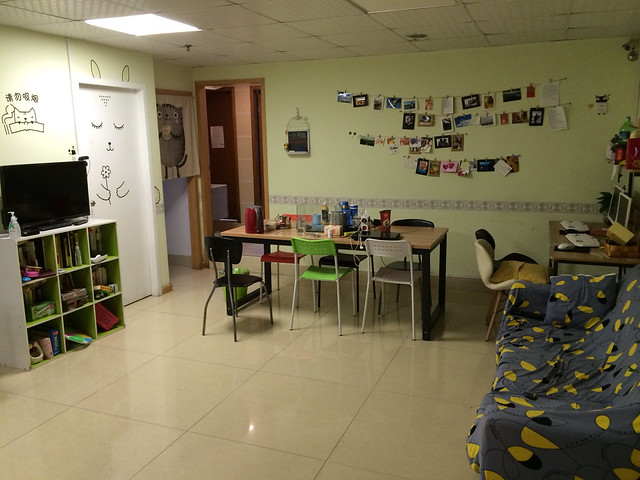
Installing Apps
I installed the following apps in advance and went.
- Google Translate
- Baidu Map
- Koutoku Map
- Uber
Google Translate is a must.
Especially in Shenzhen, English is not always understood, so I often used Japanese and Chinese.
The local e-money is advanced and you can use WeChat everywhere! and I installed it and went there, but in the end I found myself paying for everything in cash.
As for maps, I installed Baidu Map and Gaode Map, but I think Gaode Map had a higher hit rate when I searched.
It is important to note that Google Maps is so misaligned between the current location and the location on the map that it is unusable.
It can be off by several hundred meters without a hitch.
The above two maps were within a few 10m even if they were off, so I wonder if they were intentionally shifted because they are apps from other countries.
I have heard that GPS errors are intentionally made larger in Japan as well.
Also, Uber did not seem to have the right version of iOS and was not usable at all.
Buy sim
I chose a sim that can be used in both Hong Kong and Shenzhen, as I sometimes take a bus from Hong Kong airport.
Purchased the following product, which had the highest rating on Amazon.
As per the reviews, it worked without any problems in both Hong Kong and Shenzhen.
A link to the manual is provided, and we recommend that you save it on your PC in advance.
(one’s) whereabouts
As you can see in the blog below, there are three ways to get there. I chose the cheapest major bus + MRT.
[2017年版]Summary of how to get to Shenzhen from Hong Kong Airport (ferry, MTR, limousine bus)
One thing to note is that buses only run after 7:00 AM (I believe the last bus at night is around 10:00 PM).
I arrived early in the morning at 4:30 (typical for LCCs,) so I had quite a bit of time to kill.
4:30 Arrival at Hong Kong Airport
Restaurants are closed. McDonald’s is open, but there is a long line.
I bought some bread at a convenience store, sat down to eat and read a book to pass the time.
8:00 Board bus A43
I took the A43, but you can take the A43P on almost the same route.
The fare is HK$30.9 and is paid at the time of boarding. It is better to prepare the change in advance, as it is unlikely that the change will be returned.
8:45 Arrival at Josui Station
It was not particularly crowded, and after a leisurely rocking ride, we arrived. Charging with the USB charger in the company.
Josui Station is not the last stop, so if you are not careful, you will pass by it.
9:00 Departure from Josui Station
I believe it is about HK$20. I take the train to Luohu.
There are only two lines, and I think it would be difficult to make a mistake here as well.
9:10 Arrival at Raho Station
It is just one stop away.
Upon arrival, go to immigration. Show your passport and ticket as you are told.
It was ok this time (only about 10 people in line), but if you get caught in the rush to get home, etc., the line seems to get quite long.
9:50 Arrival in Shenzhen!
It took us roughly two hours to get there after taking the bus.
A city beyond imagination!
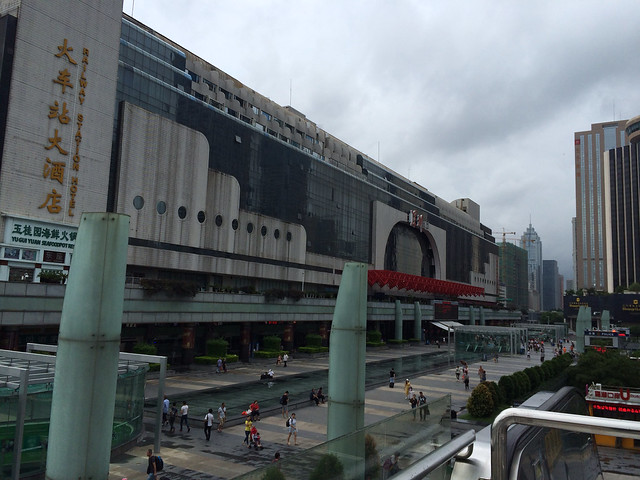
red-light district
Go to the Electric Town as soon as possible. Get off at Huaqiangbei Station on Subway Line 2 or Huaqiang Road Station on Line 1.
If you arrive by the above route, the closest subway station is Luoho Station on Subway Line 1.
First, I went to Huaqiang Road Station, which is directly accessible by Line 1.
If you want to go to Huaqiangbei, transfer to Line 2 at Daegyeon Station.
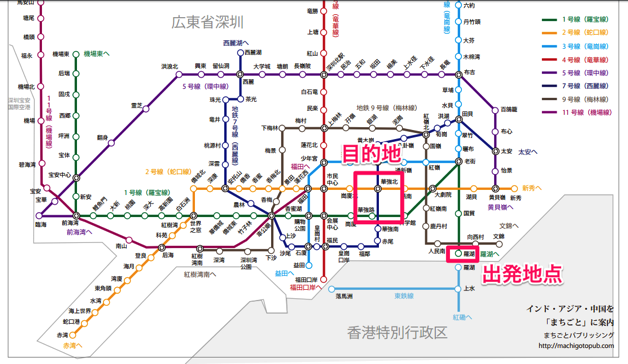
Overall Overview
I think the electric/parts shops were concentrated in the pink area shown below.
However, since we only circled the area for two days, I am sure there are many places we missed.
Please take it only as an indication that this is the area where the concentration is high.
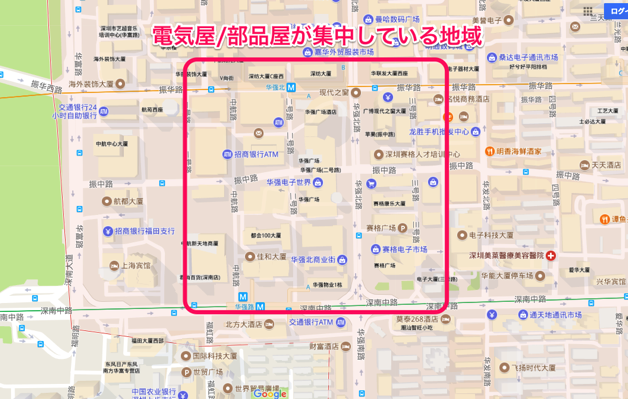
Square in Huaqiangbei. These buildings are mostly electronics/parts stores.
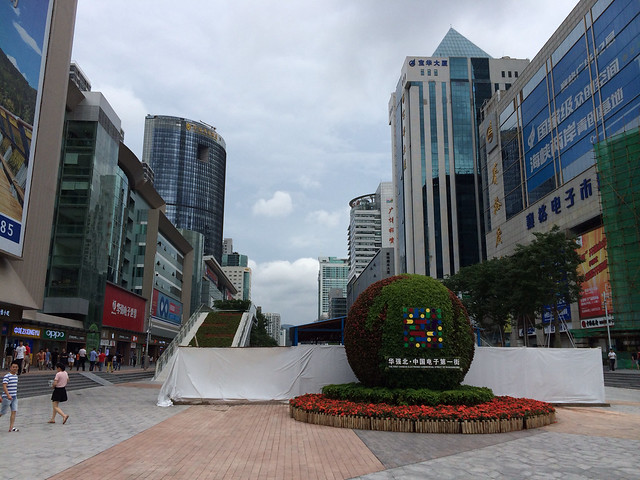
Building interior
It was too large to cover all of it, and I was only able to capture a small portion of it.
View from a distance
Everywhere you go around, it’s like this. This is exactly like the Radio Hall in Akihabara. As one would expect, it was made to imitate the building.
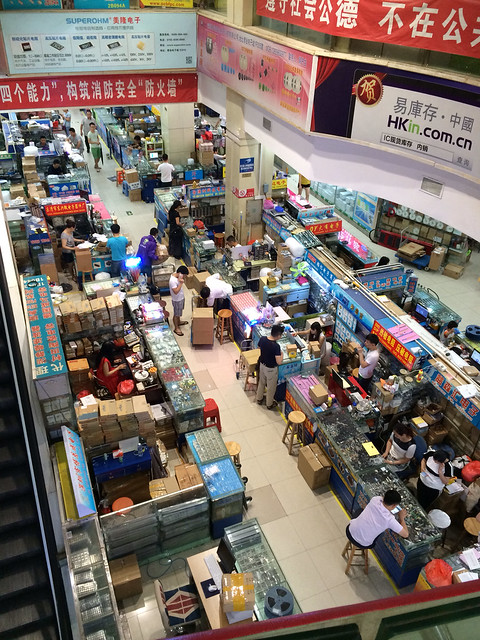
The entire first floor of the building is an LED corner! The shopkeepers are good and their eyes don’t go crazy.
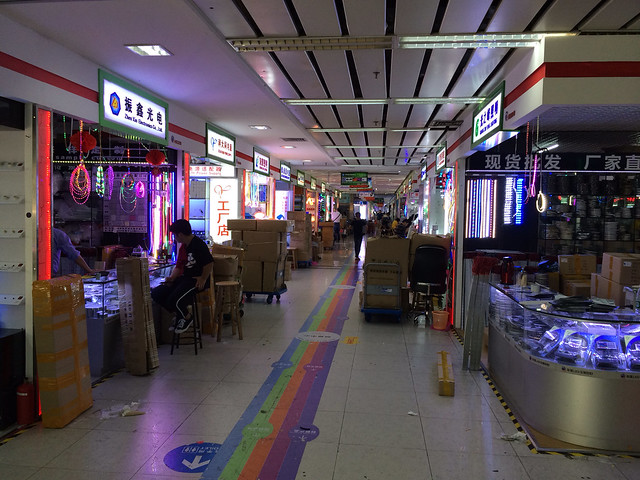
Once you enter, you can’t get out. I often wondered, “Did I pass by here a while ago? I often wondered if I had passed through here earlier.

commonplace scene
This is just a small part of the story. Basically, products are placed haphazardly.
After two hours of walking, you start to feel sick because of the overflow of stuff. Really.
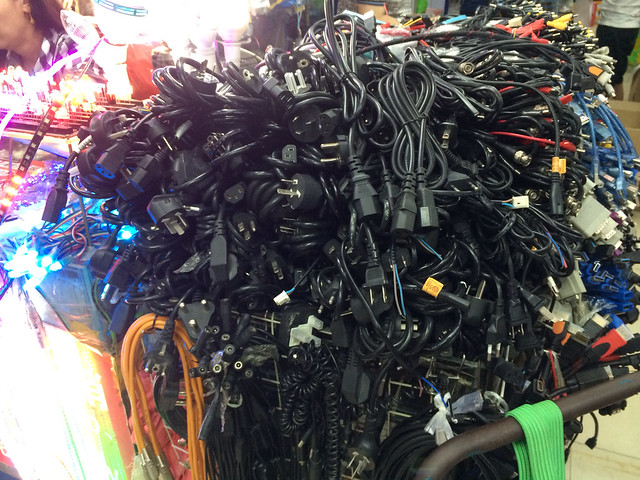
A store specializing in stickers for keyboards! There are other stores that specialize in stickers with XXGB capacities on them lol.

Challenge to purchase parts
Having come all this way, I decided to purchase the following parts for a gadget I am working on.
- Color OLED (Organic Light Emitting Diode) of about 1 inch
- lithium-ion battery
The biggest problem, however, is that English is not spoken at all!
There were a series of chingbutong (聴不懂: meaning “I don’t understand what you are saying”).
And another big problem.
I have no idea where anything is!
I saw lithium-ion batteries in many places, but I could not find OLEDs in the end and gave up.
Someone please make a map,…
Moreover, lithium-ion batteries cost 60 yuan (about 1,000 yen) each for a 350mAh battery, although English was miraculously partially understood.
It’s cheaper to buy in Japan!
I had heard rumors, but I still understood that they were not very serious about selling to individuals at the level of a few pieces.
So, in the end, we could not buy the parts.
What we noticed
As I went around the store, I noticed a few curious things, including the following
Basically no customers.
There are basically no customers. There are overwhelmingly more clerks.
The waitstaff looks bored and most people are either chatting, playing with their phones or sleeping.
It is common to have four people and all four are playing with their phones.
It is a real mystery to me how they are able to make ends meet with this.
The store is seen as a living area for the shoppers.
We had tea, ate dinner, and put the baby to bed on the display where the products were placed.
There were also children from the store running around and playing with toys all over the building.
Looking at them, I got the impression that this place is more like a part of the house than a store for the staff.
Cardboard boxes are being packed everywhere.
This is also strange, but there is a box-packing operation going on all over the place, even though there are no customers.
The chattering sound of the tape when packing the cardboard boxes is quite loud.
Perhaps the actual store here is just a window, and the main sales channel is the Internet? I guess that the main sales channel is the Internet.
City of Shenzhen
The city is full of young people.
I heard that the elderly make up 2 %、若者が60% make up %、若者が60%, and that is exactly what I heard.
I think the ratio of young people was even higher than in Shibuya.
The young people seem to be full of energy, and the arcade and shopping area are especially lively at night.
There were also crowds of people around the Dan Revo, as it used to be called.
Restaurants were busy even after 10 p.m.
As was the case in Taipei, we got the impression that startups are likely to be born in places that meet the following conditions.
- High percentage of young people → easy to gather friends and, above all, easy to adapt to new services
- The city is not too large → surplus energy is easily directed to manufacturing
In addition to the above, I felt that the following conditions in Shenzhen are the source of hardware startups.
- Things are literally right in front of you and ideas can take shape quickly.
- Because it is part of their living area, they have been surrounded by parts and electrical products since childhood and naturally develop an interest in manufacturing
Old town, where young people gather.
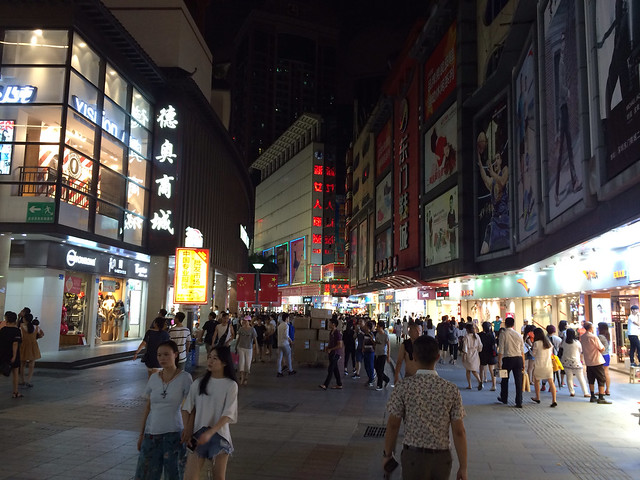
Shenzhen Bay Park Station Area
A little further west, there is a station called Window of the World, which is questionable.
Nearby is a station called Shenzhen Bay Park, where many famous manufacturers have opened stores.
Originally, I went there for the DJI flagship shop, but there were many things I rarely see there, such as the Tesla Motor store and the Team Lab exhibit.
However, despite all these famous names, there are no people walking around.
I’m worried that it will go under, but it seems like it must be a hole in the ground.
I also wanted to visit the offices and manufacturing spaces of HAX and Seeed Studio, but gave up due to time and physical limitations. If only it hadn’t rained so hard.
impression
Because of the short period of 3 days and 2 nights, and the heavy rain, we were not able to get around everything and it was over in a flash.
My impressions as I think of them.
Strengths of owning a large amount of “hardware
As a matter of course, hardware requires “hardware” such as components and sensors.
As a video of an iPhone that was recently made in Shenzhen with all the parts from scratch made the news, Shenzhen is probably the only place in the world where that much hardware is available.
Since hardware is a physical object, it is not so easy to try to imitate Shenzhen out of the blue.
Seeing it up close this time, I experienced firsthand how difficult it is.
Therefore, Shenzhen will probably continue to occupy an absolute position among hardware startups for the foreseeable future, much like Silicon Valley for Internet companies.
The way for Akihabara to survive
At first, when I heard that the electric town was 30 times the size of Akihabara, I thought that even Akihabara’s very existence was no longer in jeopardy.
However, when I actually went around the town, I found it to be a town with nothing but “electric” elements, not unlike Akihabara, where electricity and moe are in perfect harmony.
I felt that one of the reasons I almost felt depressed after two hours of walking was that the scale was too large for such a single element.
Thus, although Akihabara is weak as an electronics district, I thought it could still compete in terms of overall strength.
I want to go back.
Shenzhen is also the fastest expanding city in human history, having grown from 300,000 to 12 million people in 30 years.
Its growth has not yet stopped, and when I went there this time, there was a rush of construction everywhere.
Perhaps a year from now it will be a different landscape. I look forward to going back.
Will a map of the Electric Town be available to the world by then?
There is more to write, but I hope this will be helpful to those who have never been there or are going there.
 Start electronics
Start electronics 